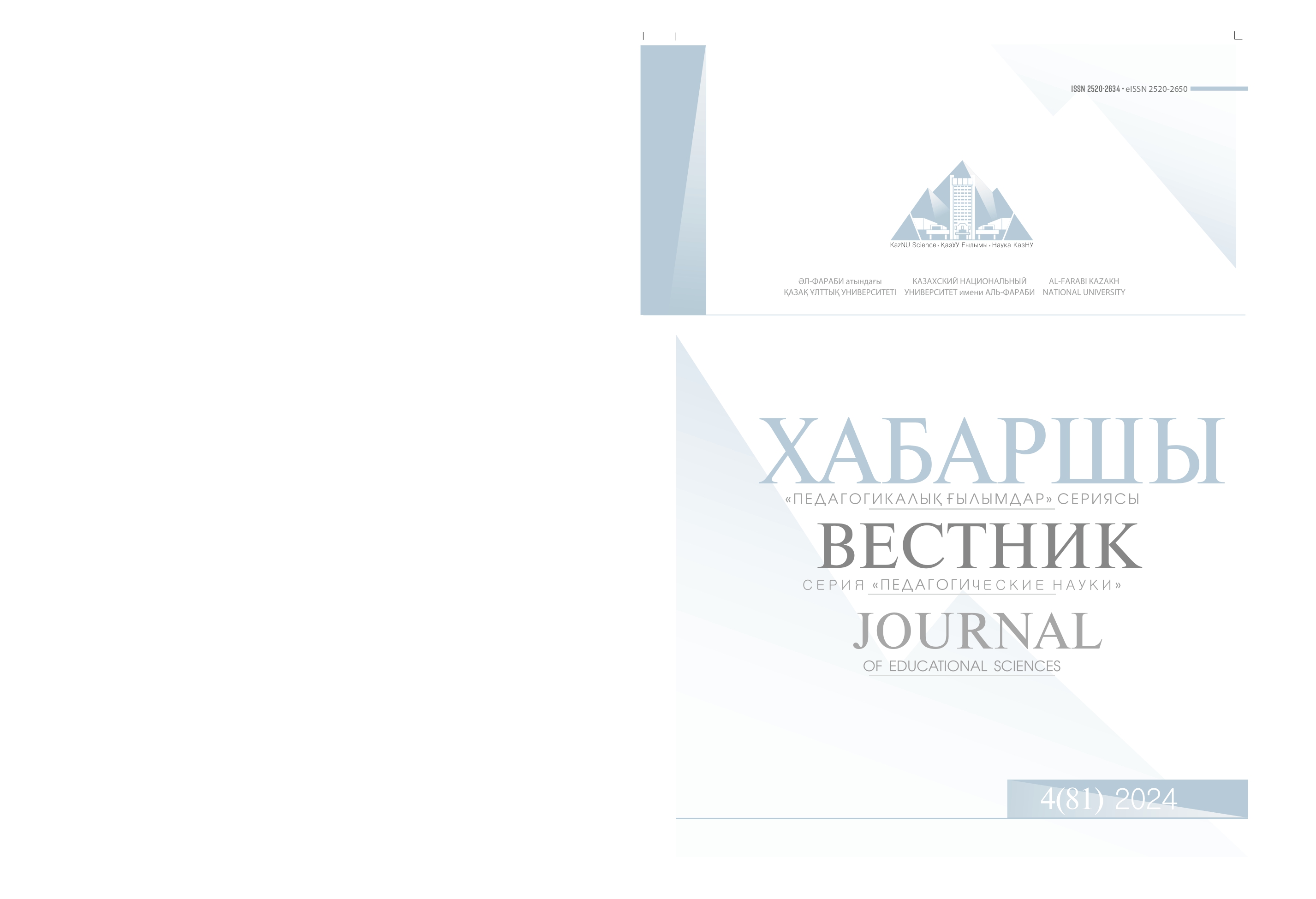Ecological content at the lessons of English: soft and hard CLIL aspects
DOI:
https://doi.org/10.26577/JES2024v81.i4.16Abstract
CLIL as a method has been recently viewed as a new approach to teaching science in English. While it has many types, soft CLIL for introducing ecological content in three dimensions has become the most effective based on the gained results. The research deals with the comparison of two forms of CLIL at the lessons of English (Foreign language, level 2) – soft CLIL (implicit introduction of the eco-content) as well as the hard CLIL (explicit ‘focused’ on eco-content) type in thematic, social and linguistic levels. The research investigated the 54 sophomore students’ (A. Baitursynuly Kostanay regional university, Kostanay, Kazakhstan) reflection on study the ecology at the lessons of English on the basis of questionnaire (3 open questions, 3 multiple choice test), GPA analysis, expert evaluation of the transformed syllabus. The outcomes of the research demonstrated the preference of the soft CLIL type to the hard one due to the insufficient level of linguistic aspect of study, low level of lexical competence of students. The further research must focus attention to the balance between soft and hard CLIL types at the lessons of English enhancing the linguistic aspect of study as well as stabilizing motivation to study ecology by students.
Key words: CLIL, ecological content, soft CLIL, hard CLIL, thematic-social-linguistic aspects of CLIL.







